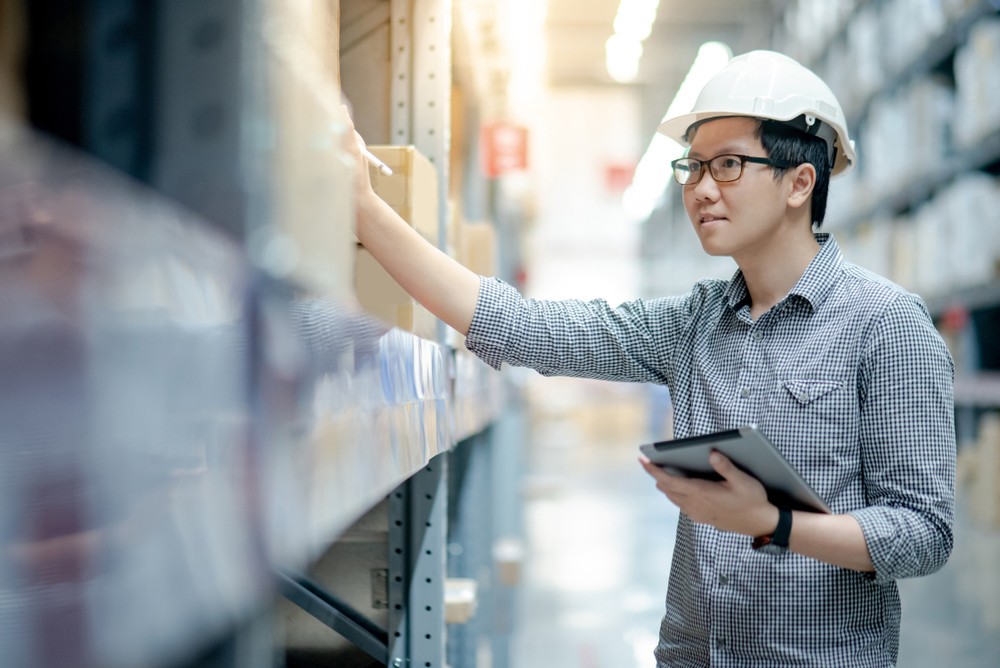Using IIoT To Improve Worker Safety

When most manufacturers consider an investment in the Industrial Internet of Things (IIoT), they approach it from an efficiency standpoint. Whether for real-time equipment monitoring or an investment in their preventive maintenance strategy, IIoT represents an opportunity to help the factory run more efficiently. What many manufacturers don’t realize is IIoT is an investment that will help the factory run more safely, as well.
Safety should always be top of mind
Safety is, and always should be, the top priority for factory managers. From safeguards against personal injury to systems safety, there are plenty of concerns managers must think about in their day-to-day workflows. Staying diligent in creating a safe workplace has trickle-down effects that touch every other aspect of operations. As the saying goes, safety supports success.
As long as on-the-job injuries exist, there’s room to improve safety in factory management. Leaders who harness modern technology not only make their operations more efficient and productive, but also safer. As IIoT grows, it will promote new opportunities to reduce risk, improve accountability, and enhance worker safety.

IIoT at the forefront of worker safety
The IIoT connects devices in the factory to provide consistent, instant access to helpful machine data that can prevent workplace incidents before they occur. Many of these integrated technologies provide not only the intelligence and visibility to identify hazards and reduce injuries, but also inform decision-making and training to further mitigate risk.
Some IIoT technologies headlining more robust worker safety initiatives include:
- Computer vision. Who couldn’t use an extra pair of eyes? Factories are integrating Internet Protocol (IP) cameras into their IIoT systems to process and respond to digital images in real time. For example, they can determine whether a worker is wearing a hard hat, or a piece of equipment isn’t where it should be, to trigger alerts that give floor managers actionable information to make quick decisions that prevent injury.
- Sensors and wearables. Aside from visual information, IIoT can monitor temperature, pressure, humidity, vibration, sound, repetitive movements, and many other conditions to ensure worker safety. Sensors and wearable devices monitor the health of both equipment and workers to reduce risks.
- Augmented and virtual realities. Forward-thinking companies are ditching their training manuals in favor of augmented and virtual reality technology. This technology simulates real-life scenarios, allowing new and experienced workers to hone their skills in a low-risk environment.
- Smart automations. Some tasks in a factory are inherently dangerous for humans to perform, which is why many manufacturers are turning to artificial intelligence (AI). As AI evolves, more intelligent machines are being developed every day, reducing the need for human intervention.

Because these technologies integrate within the broader factory ecosystem, manufacturers can turn to them and others to inspire safer workplaces across all facets of operation.
An emphasis on safety across the factory
The IIoT is transforming manufacturing for the better, giving factory managers more insight and control over their working environment. In turn, they are able to create safeguards that protect employees, prevent problems, and keep production running. Remote monitoring with the IIoT enables decision-making that keeps employees, equipment, and environments safe. That’s an investment any manufacturer can justify.